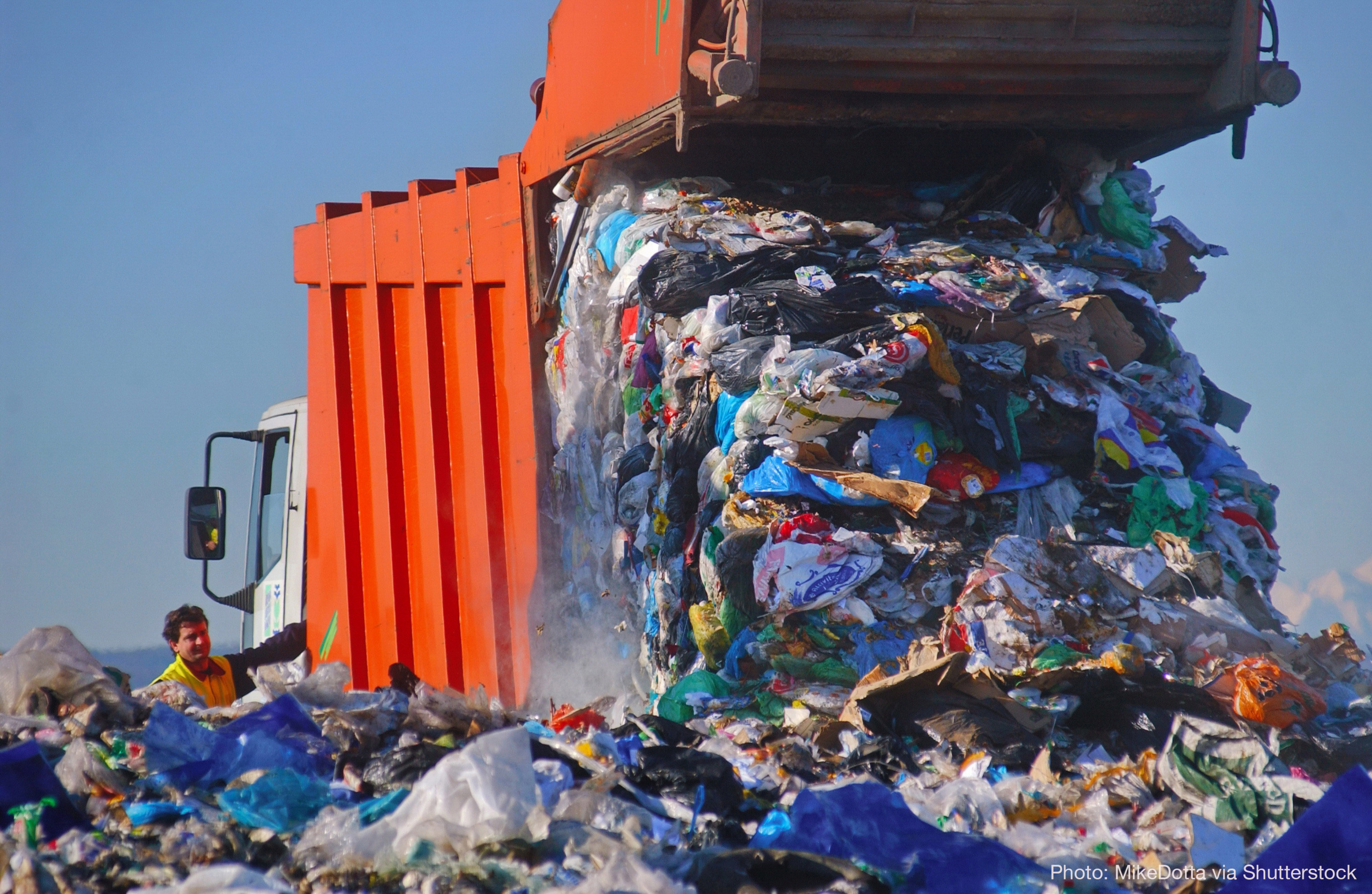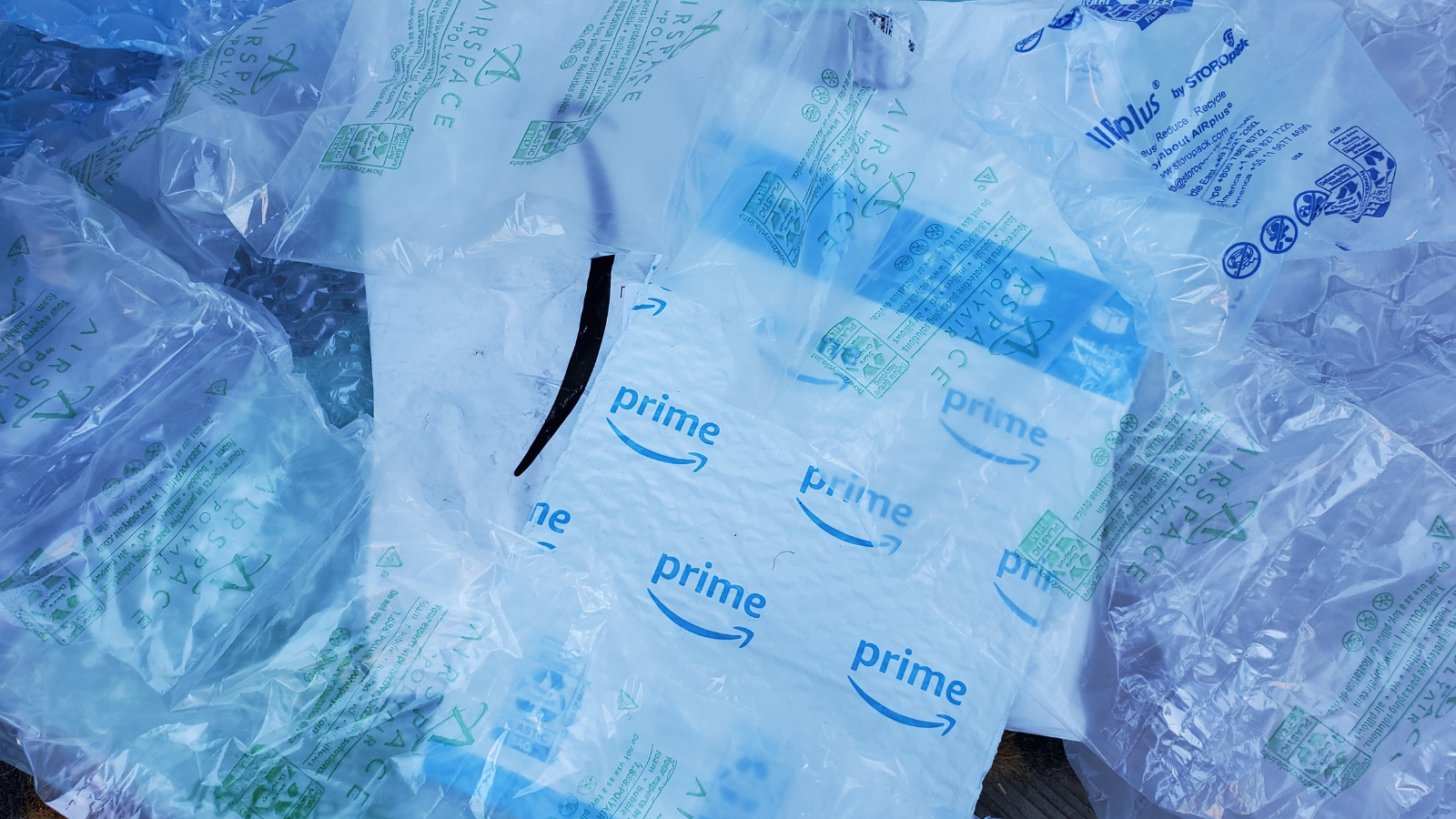America Has A Trash Problem
A solution to America’s trash problem requires a paradigm shift in how we, as a country, think about waste. For that shift to happen, we need to examine the parts of the system that we don’t see every day.
A new report by U.S. PIRG Education Fund finds it’s time to make our waste process visible, and to transform it, because its effects are too dire to ignore—resource depletion, climate change, environmental degradation and public health threats.
According to a study by Columbia University, Americans trash seven pounds of material per person every single day—that’s 2,555 pounds of material per American every year.
A staggering 90 percent of all raw materials extracted in the U.S. are ultimately dumped into landfills or burned in incinerators. Those materials should be reused to make new products, but because they’re destroyed, more and more natural resources are extracted every day.

This one-way system of destructive extraction, consumption and disposal is polluting our air, contaminating our drinking water, choking our oceans, and wasting our natural resources.
A Shift In Thinking
A solution to America’s trash problem requires a paradigm shift in how we, as a country, think about waste. For that shift to happen, we need to examine the parts of the system that we don’t see every day.
We can start by looking at what the system incentivizes. Producers make more money when consumers buy new goods instead of fixing old ones. Some consumers pay the same amount for trash pick-up no matter how much garbage they leave on the curb. And profits for waste haulers and landfill operators increase when the amount of garbage they collect goes up.

The alternative to this costly, wasteful and destructive linear system is a circular material economy—one that produces zero waste, conserves natural resources and limits pollution and global warming emissions.
The U.S. already has the tools it needs to make this urgent transition. We can make recycling and composting easier than than throwing things in the garbage, and ban the sale of single-use items that aren’t easily recyclable. We can encourage producers to make products built to last, and use recycled materials in production. We can price goods to reflect the environmental and public health impacts of their production.
These strategies work. The city of San Francisco, for example, now diverts 80 percent of materials from landfills and incinerators thanks to its “Zero Waste by 2020” program. In Germany, because of policies like the ones outlined above, residents now recycle or compost 87 percent of discarded materials.
For this necessary and overdue shift to occur here in the U.S., change can start at the state and local levels. It can even start on your street, with the barrels you drag to the curb on trash day. It’s time to reduce, to reuse, to recycle—and to cement this aspirational slogan into policy.
Topics
Authors
Alex Truelove
Find Out More

Costco should stop supersizing wasteful packaging

Ditch plastic packaging: Shop at your local refillery

We’re campaigning for Microplastic Free Waters


